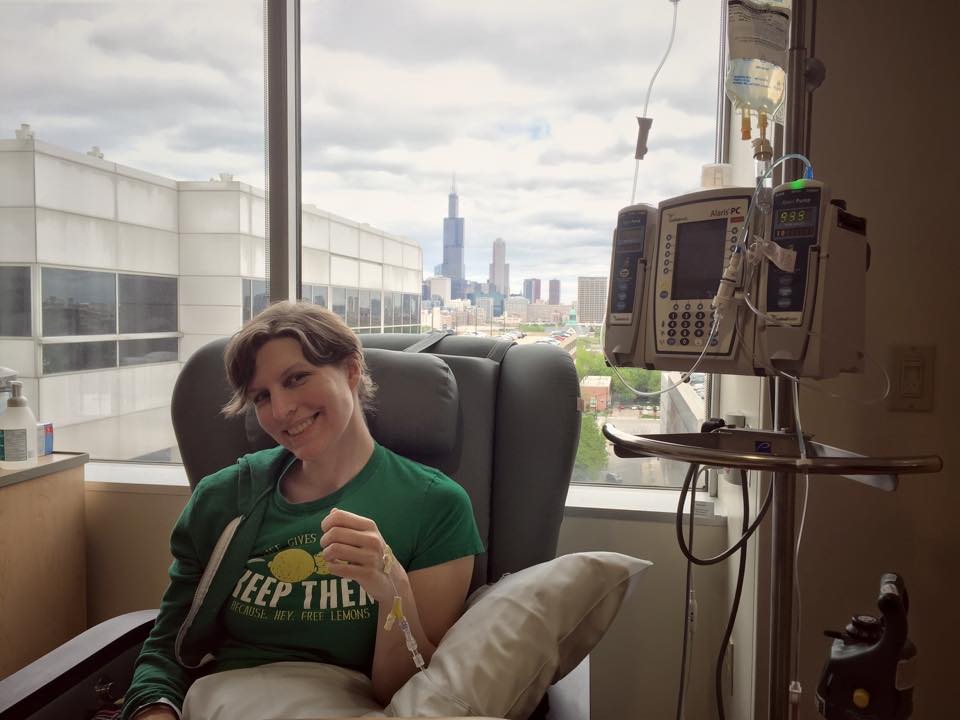Sharing the Treatment Journey
March 6, 2020
Written by Head for the Cure Ambassador Jenny Williams
Life with a brain tumor comes with a new definition of “normal”. After those initial life-changing words “It’s a brain tumor” or “You have cancer”, you are then faced with how to proceed. Depending on your age, tumor type, and location in the brain, your doctor might recommend surgery, radiation, chemotherapy or other therapies. And you might be thinking, “How am I going to tackle all of this?” The truth is, you’re not alone.
Build An Army
When I was first diagnosed my mom was my rock. She brought me to all of my appointments and understood the endless sea of medical terms. Regardless of if you have someone medically-savvy or not, it always helps to have a second set of ears at your appointments. Bring a spouse or someone close to help you remember what the doctor says later on.

Beyond the one or two people you bring with you to those initial doctor visits, you might be surprised at how many people you know that will want to help out. Share your situation, as much as you’re comfortable with, on your social network and chances are you’ll get responses.
Plan the Attack
Cancer treatment is a lot for one or even two people, including a caregiver, to go through. But how can you garner the support of all the people who want to help? Setting up a shared calendar on Google is a good place to start. You can choose how much, or how little, to share with others. There are also tools such as CaringBridge or CareCircle that allow you to set up a personal, private page that your friends and family can join and sign up to help give you rides to treatment or cook you dinner.
And speaking of dinner, be sure to do your research before starting treatment. It may require you to change your diet. For example, some foods interact with chemotherapy, namely Procarbazine, which requires a low-tyramine diet. Be sure to communicate these and any other needs to anyone helping out.
Unfortunately, sometimes there are gaps that your network or people can’t fill. When I had to do radiation therapy and couldn’t drive, I was thankful to get rides from the American Cancer Society with their Road to Recovery program. Your nurses should be able to direct you to programs like this and any other support you might need.

Sharing Updates
Throughout your treatment, your network is going to want to know how you’re doing. Keeping a journal is easy through one of the many personal care websites or just through social media. Again, if you’re comfortable. It just might help to get out some of those emotions. Additionally, you can document your progress, or any side-effects, to report back to your doctor or nurse throughout the course of your treatment.
In the many years since I was diagnosed, I’ve had to do treatment plenty of times. Between surgeries, chemo and radiation, I’ve found that one thing remains constant each time – I’m never alone, and neither are you.
